Table of Contents
Cosine Rule
In the realm of trigonometry, the cosine rule is a fundamental tool that allows us to solve various problems related to triangles. Also known as the law of cosines, this rule enables us to calculate the lengths of sides or the measures of angles in a triangle, provided we have sufficient information about the triangle’s dimensions.
What is the Cosine Rule?
The cosine rule relates the lengths of the sides of a triangle to the cosine of one of its angles. It is particularly useful when we know the lengths of two sides and the measure of the included angle, but are missing the length of the third side. In essence, the cosine rule provides a comprehensive framework for solving triangles that are not necessarily right-angled.
Derivation of the Laws of Cosine:
To comprehend the derivation of the laws of cosine, let’s consider a triangle ABC with sides of lengths a, b, and c, and opposite angles A, B, and C, respectively. The laws of cosine can be derived by applying the Law of Cosines to all three angles:
1. Law of Cosine for Angle A:
a² = b² + c² – 2bc * cos(A)
2. Law of Cosine for Angle B:
b² = a² + c² – 2ac * cos(B)
3. Law of Cosine for Angle C:
c² = a² + b² – 2ab * cos(C)
These equations express that the square of the length of each side is equal to the sum of the squares of the other two sides, reduced by twice the product of the lengths of those sides and the cosine of the corresponding angle.
Proof of the Laws of Cosines:
To establish the validity of the Laws of Cosines, we will prove the first law by making use of the Law of Cosines for an obtuse-angled triangle. Let us consider a triangle ABC with side lengths a, b, and c, and opposite angles A, B, and C, respectively.
Using the Law of Cosines for an obtuse-angled triangle, we have:
c² = a² + b² – 2ab * cos(180° – C)
Since cos(180° – C) = -cos(C), we can rewrite the equation as:
c² = a² + b² + 2ab * cos(C)
Rearranging the terms, we obtain:
c² = a² + b² – 2ab * cos(C)
This is the same equation as the first law of cosines, which proves its validity.
Applications of the Laws of Cosine:
The laws of cosine find extensive applications in various scenarios. Let’s explore some practical uses:
1. Solving for Unknown Side Lengths:
Given two side lengths, a and b, and the included angle A, we can use the laws of cosine to determine the length of the third side, c. By rearranging the formula for angle A, we have:
c = √(a² + b² – 2ab * cos(A))
2. Calculating Angles:
If we know the lengths of all three sides of a triangle, we can apply the laws of cosine to determine the measures of the angles. For example, to find angle A, we rearrange the formula as follows:
cos(A) = (b² + c² – a²) / 2bc
By taking the inverse cosine (arccos) of the value obtained, we can find the measure of angle A.
3. Solving Real-Life Problems:
The laws of cosine are essential for solving real-life problems involving triangles. They can help calculate distances between points on maps, determine the direction of an object relative to an observer, analyze forces acting on objects in physics, and much more.
Tips for Applying the Laws of Cosine:
1. Units Consistency:
Ensure that all measurements used in the laws of cosine are in the same units to maintain accuracy and consistency throughout calculations.
2. Rounding:
Be mindful of rounding errors that may occur during calculations. To minimize inaccuracies, it is advisable to round values only at the end of the calculation process.
3. Triangle Validity:
Before employing the laws of cosine, verify that the given side lengths satisfy the triangle inequality theorem. In a valid triangle, the sum of the lengths of any two sides must be greater than the length of the third side.
Examples of the Laws of Cosines in Action:
1. Finding a missing side length:
Suppose we have a triangle with side lengths of 5 units, 7 units, and an unknown side (c) opposite an angle of 45 degrees (C). Using the first law of cosines, we can determine the value of c:
c² = 5² + 7² – 2 * 5 * 7 * cos(45°)
c² = 25 + 49 – 70 * cos(45°)
c² = 74 – 70 * 0.7071
c² ≈ 74 – 49.497
c ≈ √24.543
c ≈ 4.954 units
2. Finding a missing angle:
Consider a triangle with side lengths of 3 units, 4 units, and 5 units. We want to find the measure of angle C using the second law of cosines:
cos(C) = (3² + 4² – 5²) / (
2 * 3 * 4)
cos(C) = (9 + 16 – 25) / 24
cos(C) = 0 / 24
C ≈ arccos(0)
C ≈ 90°
Also, read Newton’s second law

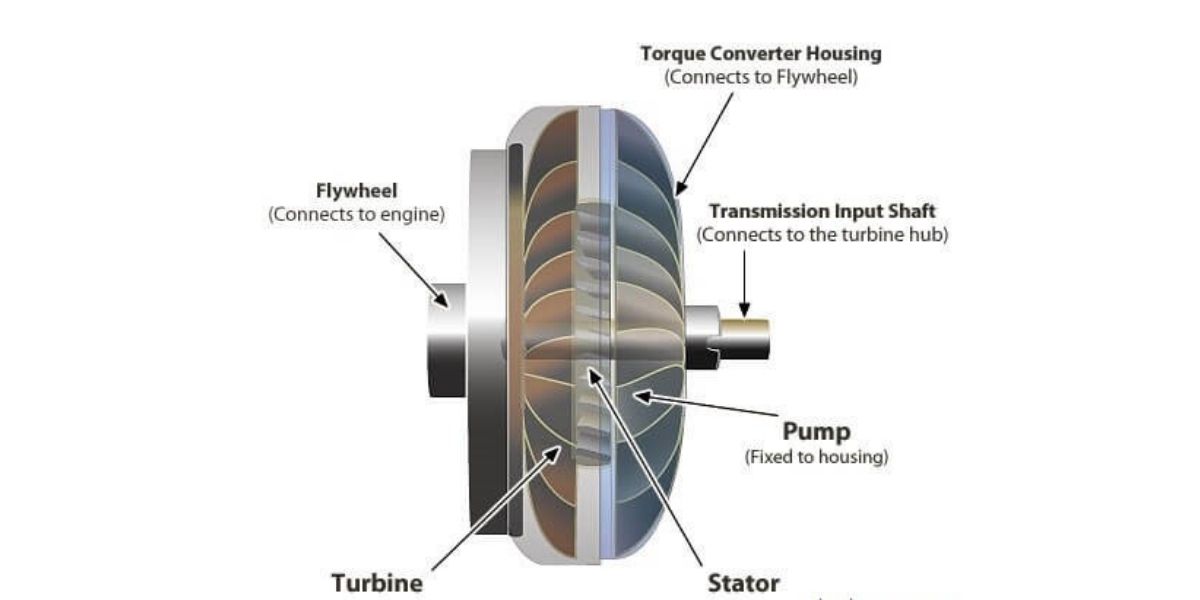
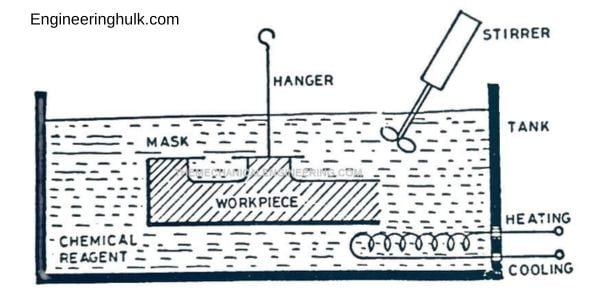





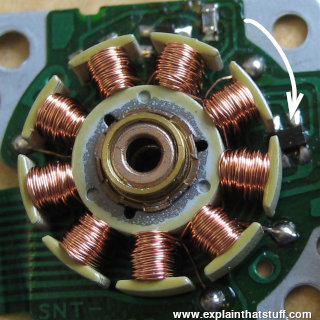
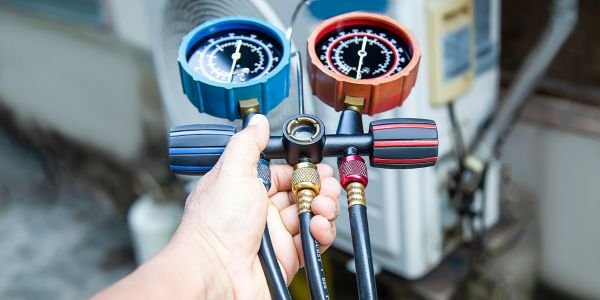

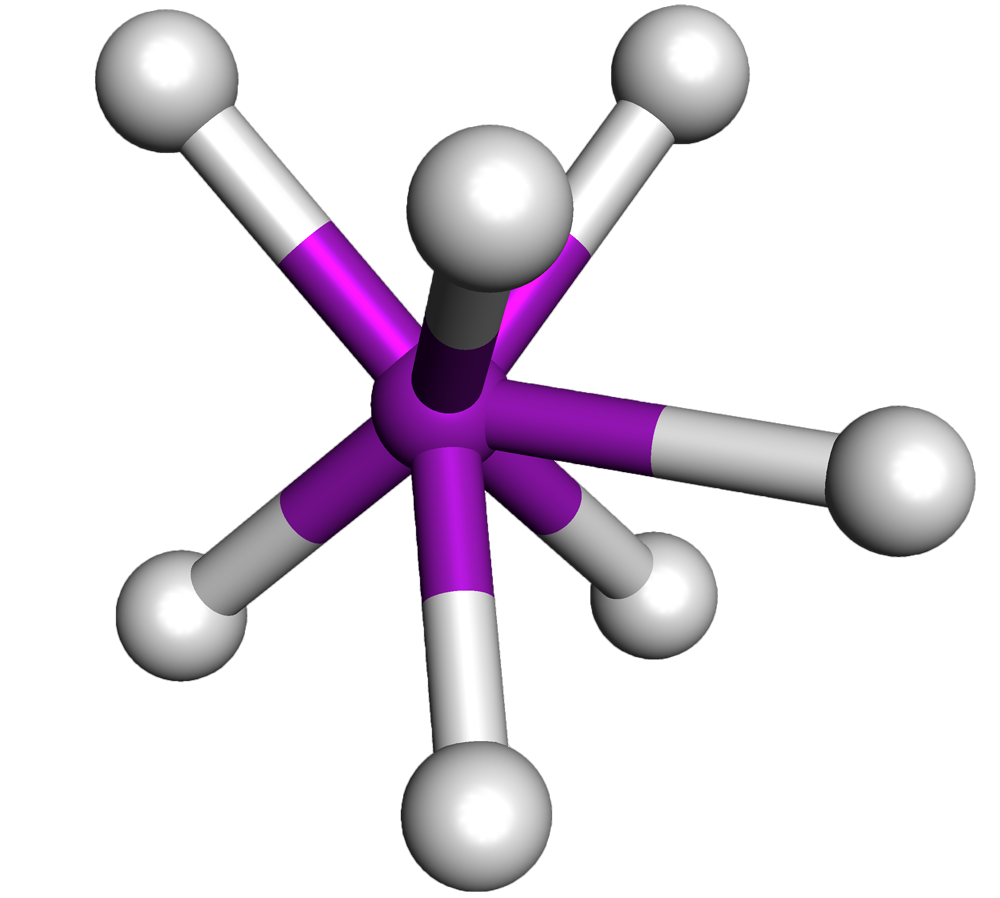



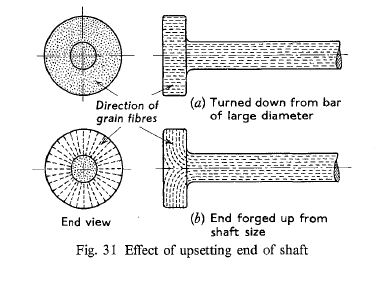







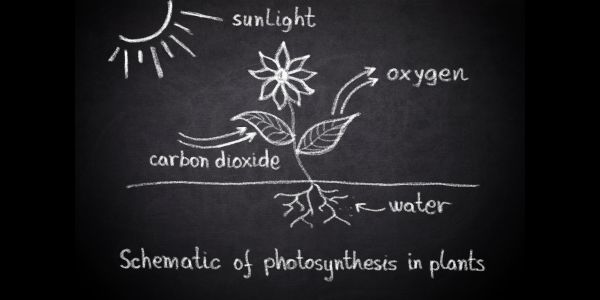








Comment on “Cosine Rule (Laws of Cosine, Formula, Examples, and Proof)”
Comments are closed.